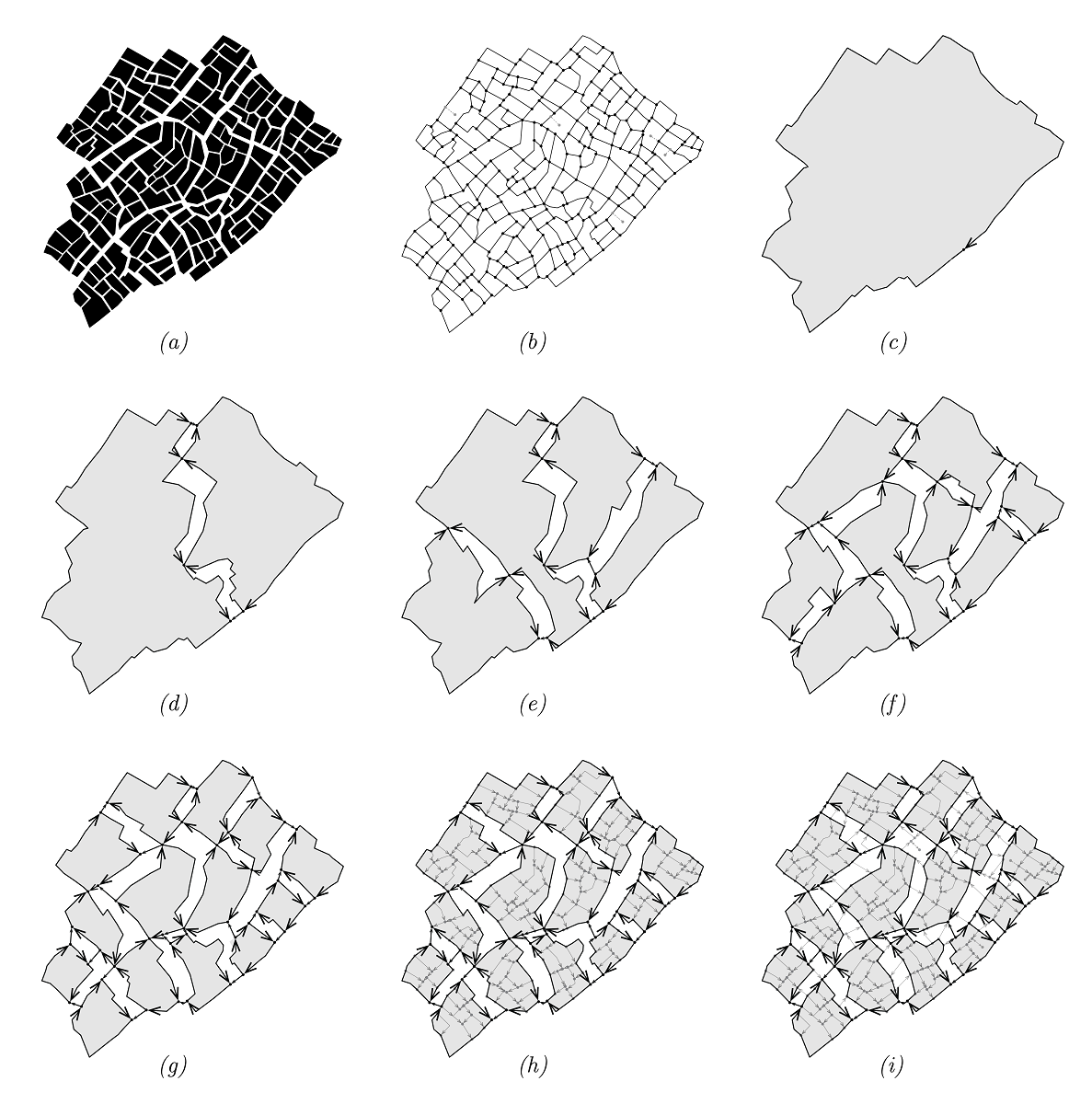The COVID-19 pandemic has resulted in a wide range of spatial interventions to slow down the spread of the virus. The spatial limitations of narrow public circulation spaces within informal settlements, which house over one billion people around the world, make it impossible for pedestrians to practice physical distancing (or social distancing). In this paper, we propose a flexible mathematical method, named the Cluster Lane Method, for turning a planar circulation network of any size or complexity into a network of unidirectional lanes, making physical distancing possible in narrow circulation spaces by limiting face-to-face interactions. New notions and theorems about oriented graphs in graph theory are introduced. The paper ends with a discussion of the potential implementation of this cost-efficient, low-tech, sustainable solution, and with the introduction of a novel unidirectional tactile paving for the visually impaired.

